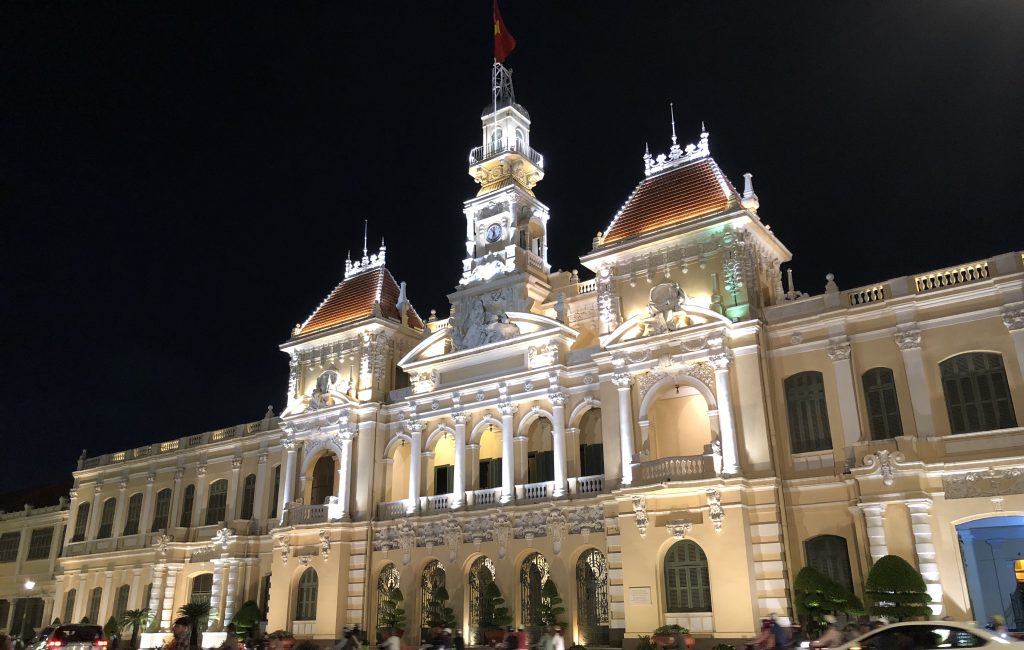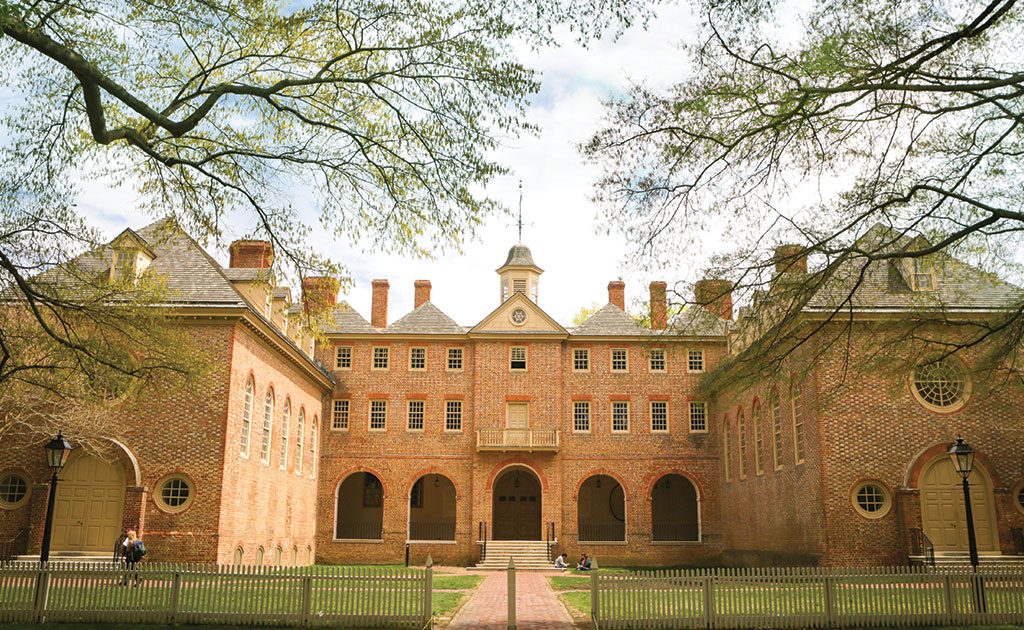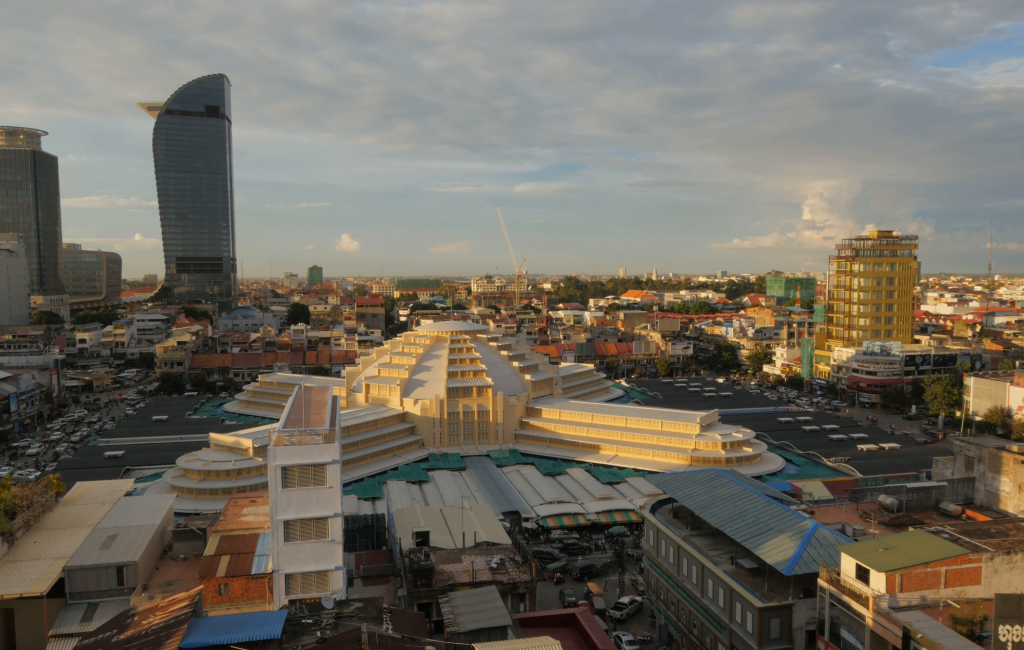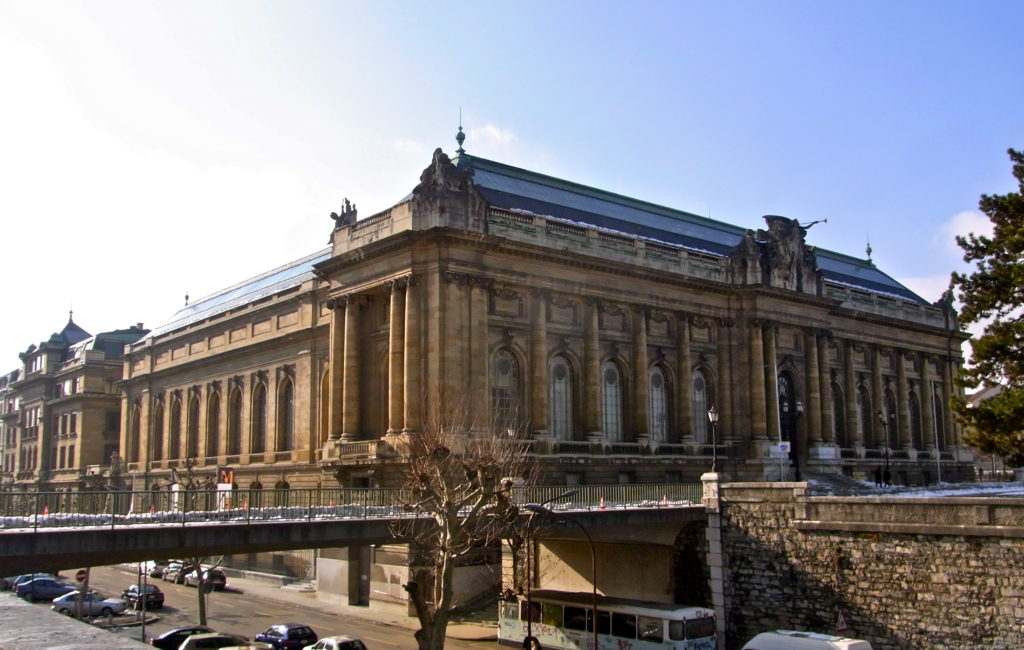
The FIFA World Cup brings together nations and people unlike any other event around the globe. During the month of June and July every four years, you might see an Australian and Peruvian or a Dane and a Brazilian enjoying their time together before or after a match. The tournament transcends race and culture, and people are united in celebrating the beautiful game.
Finally, the 2018 World Cup is upon us, taking place in Russia. Every country participating holds something special and unique to their culture, including architecture. I’ll be highlighting the best colonial structure from each of the 32 nations represented, and if the country does not have any, I’ll showcase the best historical and/or classical building.
Group E is the fifth in an eight part series, taking us from the warm beaches of Brazil and Costa Rica to the cold landscapes of Central and Eastern Europe.
Brazil – Imperial Palace, Rio de Janeiro
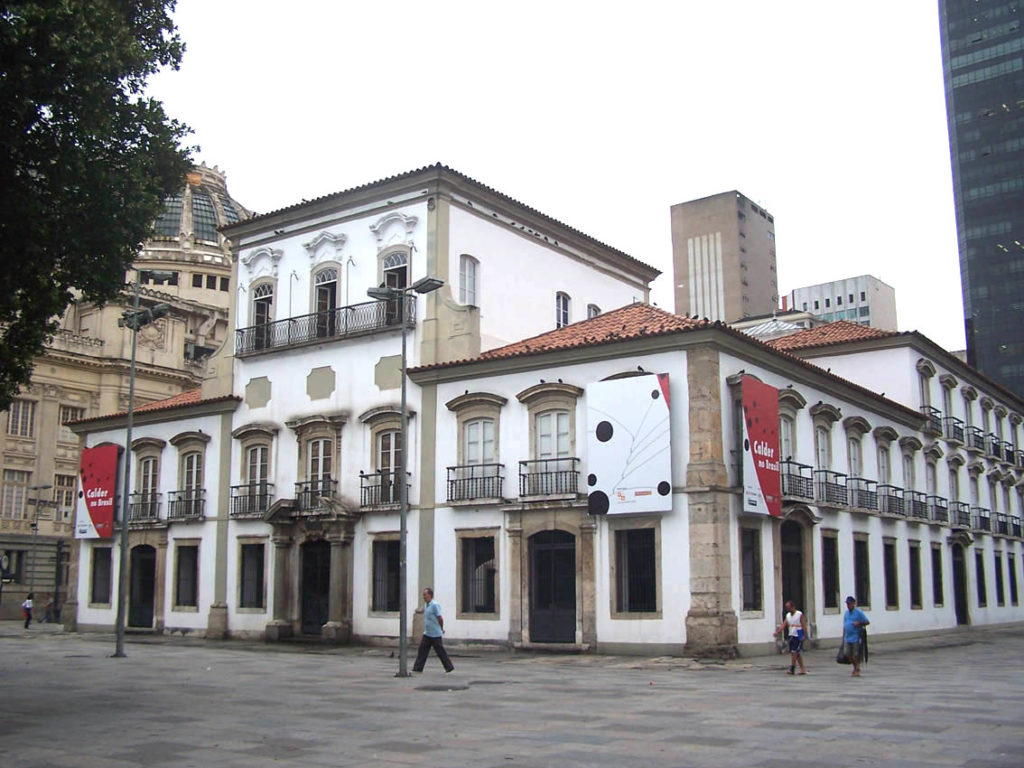
The Imperial Palace of Brazil, also known as Paço Imperial, was arguably the most important structure in Brazil until the formation of the Republic of Brazil in 1889. The Portuguese colonial building was constructed in Baroque style that is reminiscent of others in Portuguese colonies such as Macau. The Portuguese used this as a royal palace for King John VI, and after Brazil gained their independence in 1821, the new King used it as his living and working quarters. Today, it’s a cultural center exploring the history of Rio de Janeiro and Brazil.
Costa Rica – National Theatre, San José
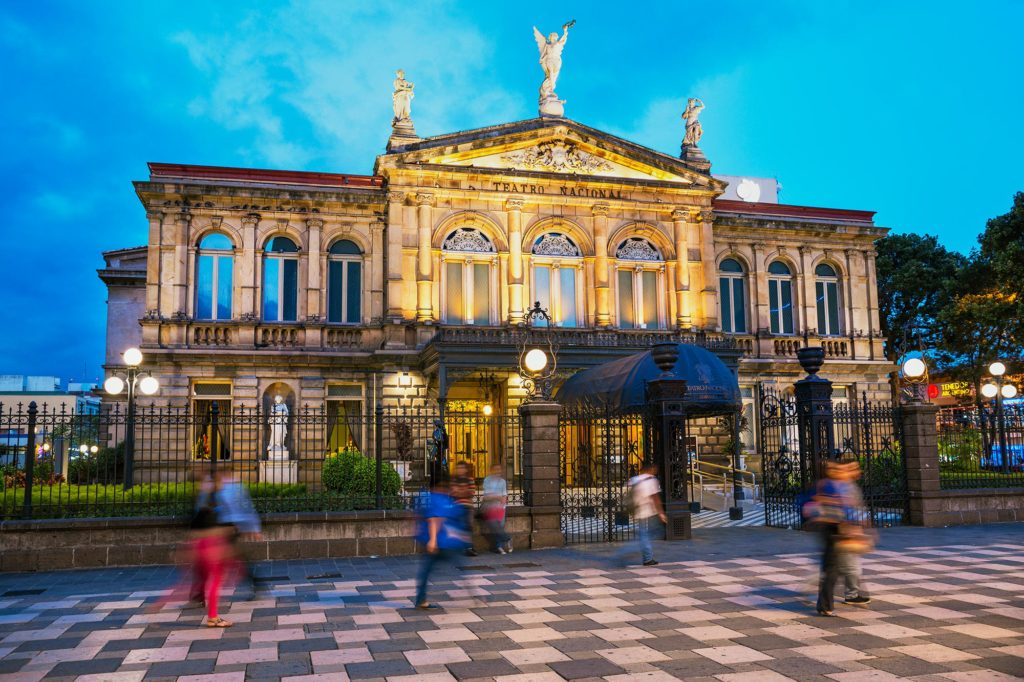
The National Theatre (Teatro Nacional) shines brightly as probably the most recognizable and finest historical structure in Costa Rica. Its neoclassical design and facade sculptures create a strong impression. The theatre opened to the public in 1897 with an opera from Paris, Faust, and today hosts performances from Costa Rica and abroad, remaining a central part of life in San Jose.
Switzerland – Geneva History Museum, Geneva
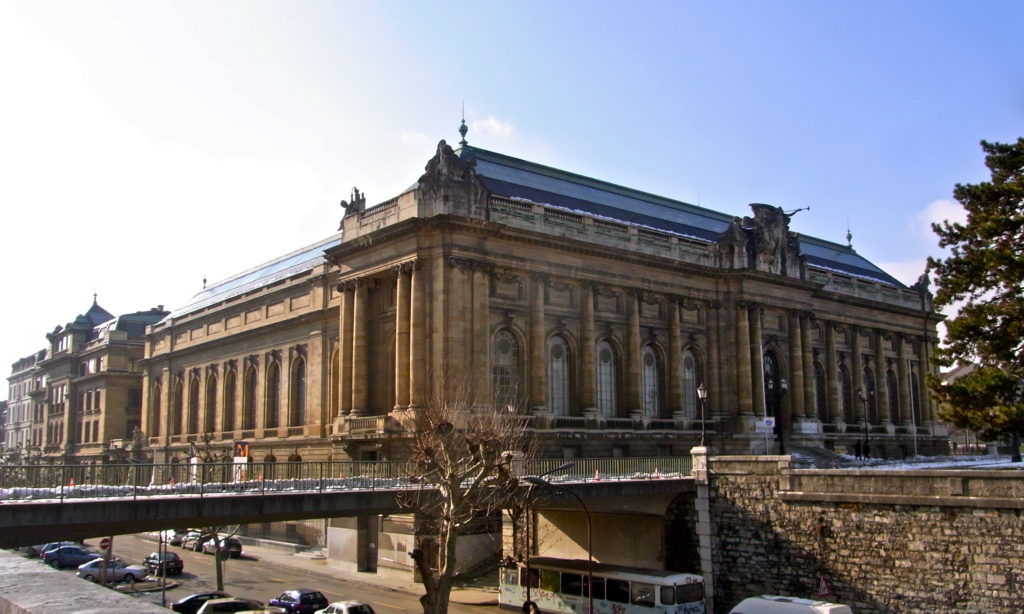
The Geneva Art and History Museum, or Musée d’Art et d’Histoire, is the largest museum in Switzerland, and also the oldest in terms of its subjects. There are castles and cathedrals dating back to the 15th century in Switzerland, but I believe the museum has a combination of beauty and historical significance, along with its Beaux Arts style that represents the grandness of colonial style. Construction took place from 1903-1910, and large sculptures representing the subjects of the museum adorn the facade.
Serbia – National Theatre, Belgrade
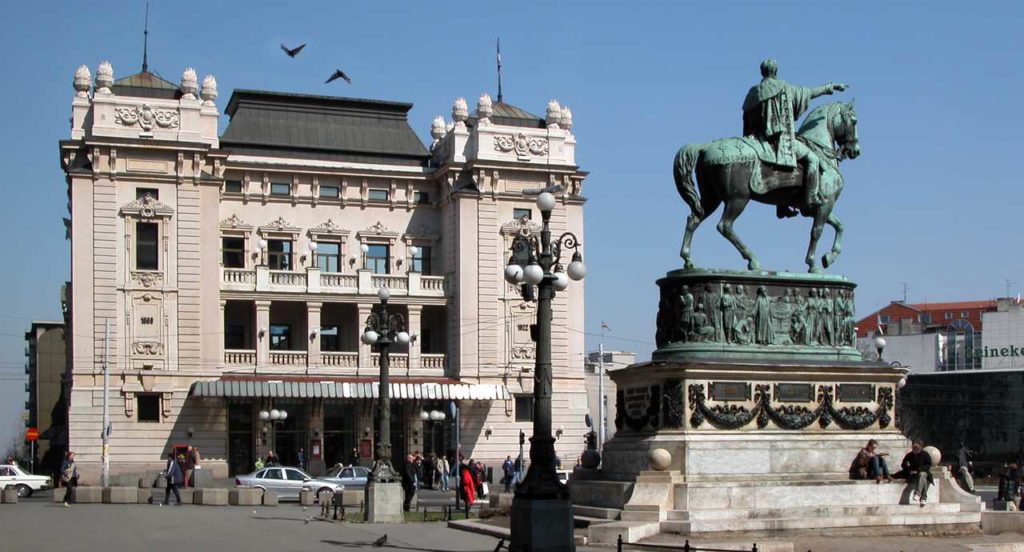
Another national theatre makes an appearance in Group E. The Serbian National Theatre of Belgrade opened in 1869 to much fanfare, due to it being the finest building in the country at the time. With its intricate designs and neoclassical-Renaissance style, it’s a marvel of Serbian architecture. The building opened with a Halloween play on October 30th, and continues to be one of the main centers for the arts in Serbia.
Latest posts by Doug Chesney (see all)
- 48 Hours in Ho Chi Minh City, Vietnam - November 9, 2018
- The Nine Colonial Colleges - October 3, 2018
- Top 10 Colonial Buildings in Phnom Penh - September 12, 2018

